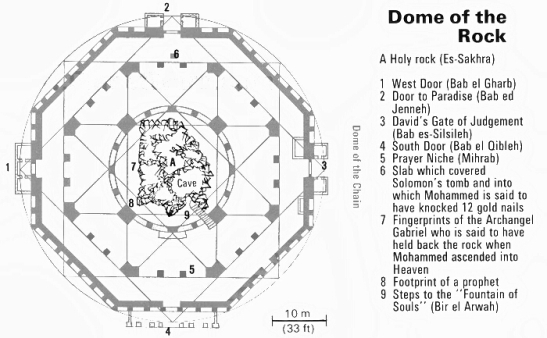
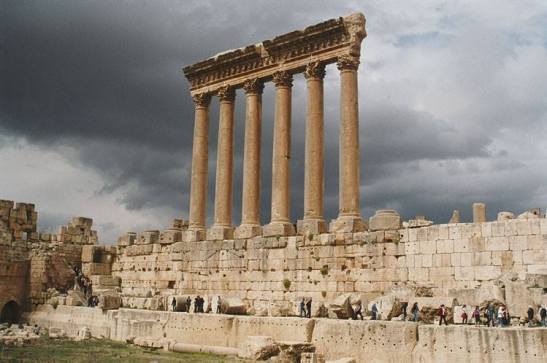
Baalbek, Lebanon
It is recorded in Arabic historical references dated back as far as the 9th century by Al Tabari and later by Ibn Khaldun the founder of sociology Baalbek was built by the Phoenicians who were a major group of Arabs known as Banu Kinanah, or Canaanites.
The Canaanites are different from the Cainites. The Banu Kinanah, or Canaanites are not Cainites, or descendants of Cain, rather are descendants of Seth b. Adam and Eve. According to the original view of Arab historians like al-Idrisi and others, Romans, and Eurasians in general (non-Mediterraneanese peoples) do not descend from Eve, who is buried in Jeddah.

Baalbek, Lebanon
The Al-Mawsu’at Al-Filastinniya (Palestinian encyclopedia) states, “The Palestinians are the descendants of the Jebusites, who are of Arab origin”, and describes Jerusalem as an “Arab city because its first builders were the Canaanite Jebusites, whose descendants are the Palestinians.“
The American Committee for Jerusalem in 2001 declared, “According to a number of historians and scholars, many of the Arabs of Jerusalem today, indeed the majority of Palestinian Arabs, are descendants of the ancient Jebusites and Canaanites.”
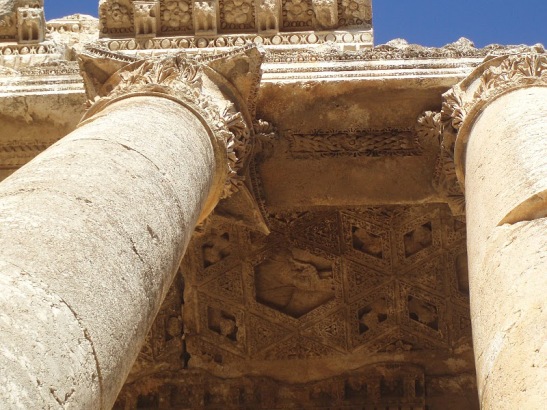
Baalbek, Lebanon
According to the Book of Joshua, the Battle of Jericho was the first battle of the Israelites in their conquest of Canaan. The Canaanites were known for their red and purple cloth (a purple dye was extracted from murex snails found near the shores of Palestine, a method now lost). It was the Greeks who first called the Canaanites “Phoenicians”, and their land “Phoenicia”, which meant “purple.”
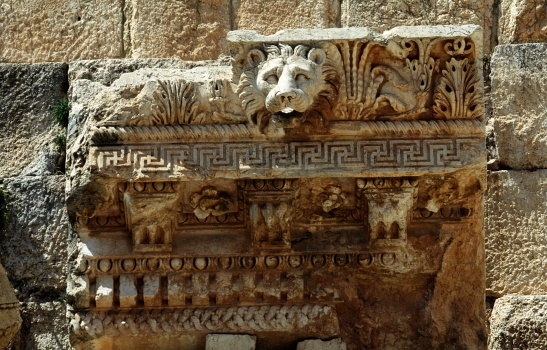
Baalbek, Lebanon
The Phoenicians or Canaanites were the most powerful of all tribes in Palestine at the time of its invasion by Joshua. Biblically speaking, the Phoenicians were enemies of Israelites. Jericho was the first city of the Canaanites to be conquered by the Israelites immediately after the Exodus. Joshua 6:1-27 gives the Biblical account of the conquest of the land of Canaan by the Israelites under the command of Joshua.

Baalbek, Lebanon
In speaking of this territory as it was before the conquest, the Israelites called it, “the land of Canaan.”
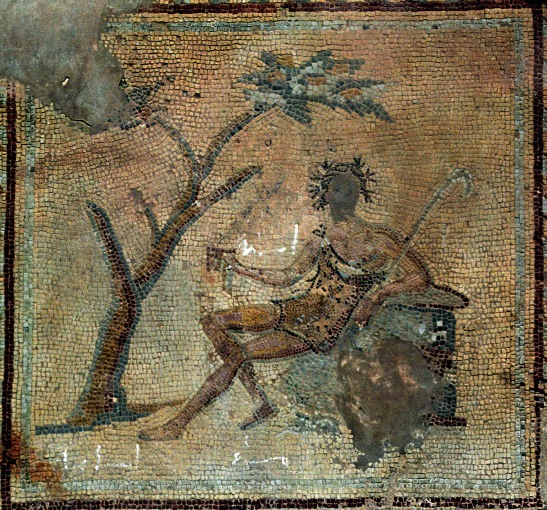
Baalbek, Lebanon
In speaking of this territory as it was before the conquest, the Israelites called it, “the land of Canaan.”
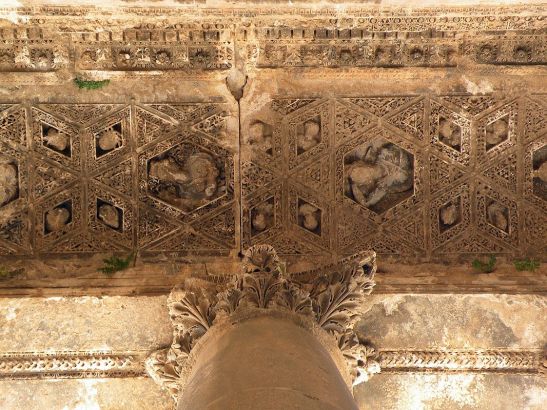
Baalbek, Lebanon
Biblically speaking, the Phoenicians were enemies of Israelites.
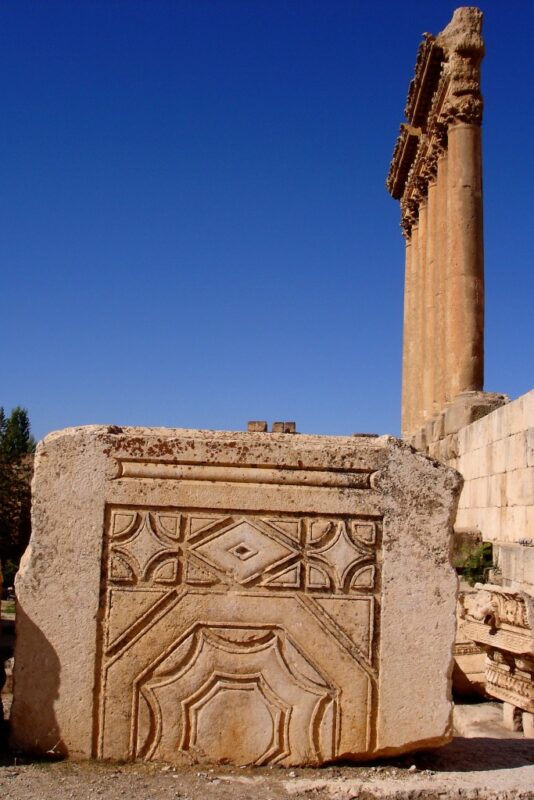
Baalbek, Lebanon
Phoenician colonists from modern-day Lebanon, led by Dido (also known as Queen Elissa), founded Carthage circa 814 BC. Queen Elissa (also known as “Alissar”) was an exiled princess of the ancient Phoenician city of Tyre.
As late as the second century AD the descendants of the Carthaginians in North Africa called themselves Canaanites.
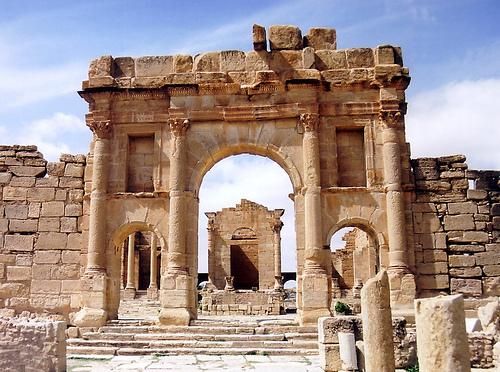
The Canaanite ruins of Carthage. One of the many Phoenician colonies and trade posts. Carthage grew to be a major empire.
Lepcis Magna (also known as Leptis Magna) was a city in Libya founded by Phoenicians from Tyre at the end of 7th century BCE, where the Wadi Lebda meets the Mediterranean Sea.
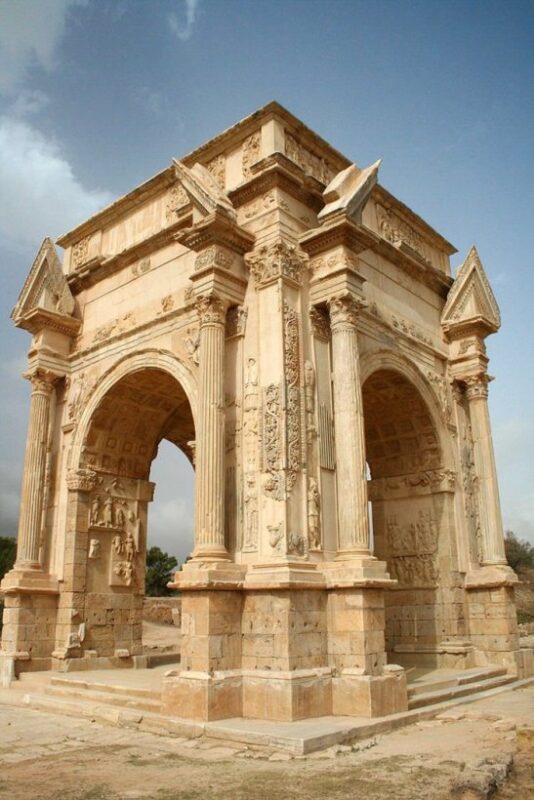
Leptis Magna: Phoenician ruins in Libya
Lepcis Magna (also known as Leptis Magna) was a city in Libya founded by Phoenicians from Tyre at the end of 7th century BCE, where the Wadi Lebda meets the Mediterranean Sea.
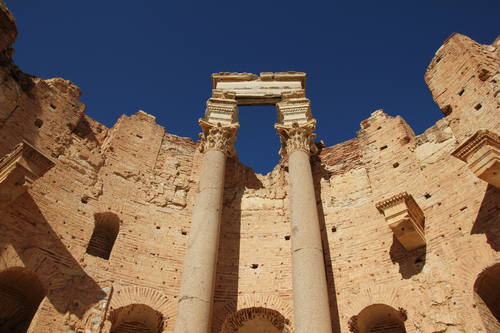
Phoenician ruins of Libya
Lepcis Magna (also known as Leptis Magna) was a city in Libya founded by Phoenicians from Tyre at the end of 7th century BCE, where the Wadi Lebda meets the Mediterranean Sea.
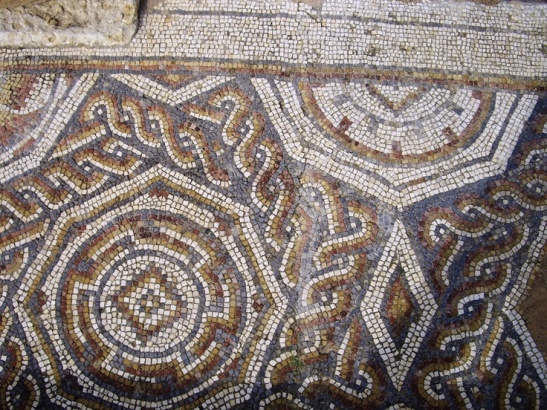
Phoenician tile mosaics near Leptis Magna, Libya
Archaeologists have found evidence of a definite connection between the Canaanites and the Phoenicians, linking them to the Egyptians. The Canaanite pantheon is similar to that of the Egyptians.
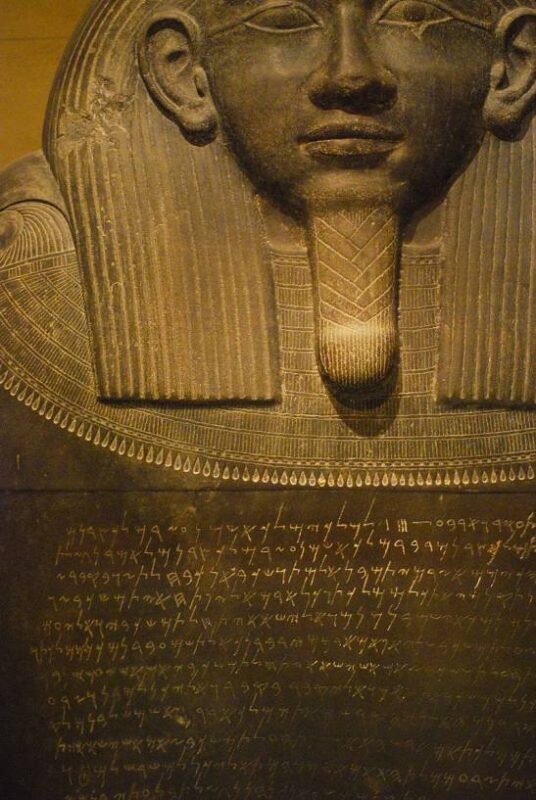
The sarcophagus of Eshmunazar II, a Phoenician king of Sidon and the son of King Tabnit. It was unearthed in 1855 at a site near Sidon, Lebanon and is now in the Louvre.
The Greek historian Strabo believed that the Phoenicians originated from Al Bahrain. Herodotus also believed that the homeland of the Phoenicians was Al Bahrain, or the region located in the north eastern part of the Arabian Peninsula, this region extends from Kuwait all the way down to include parts of the eastern region of Saudi Arabia and modern-day Bahrain.

Colossal statues of the Lihyan kings of Northern Arabia
Phoenicia was invaded by Alexander in about 332 B.C., and in 312 B.C. Antigonus I Monophthalmos, one of Alexander’s generals unsuccessfully attempted to conquer Petra from the Nabatean Arabs.

Khazinat Firoun: Al Khazneh at Petra, Jordan built by the Nabatean Arabs
In 64 B.C. the name of Phoenicia disappeared, becoming a part of the Roman providence of Syria.
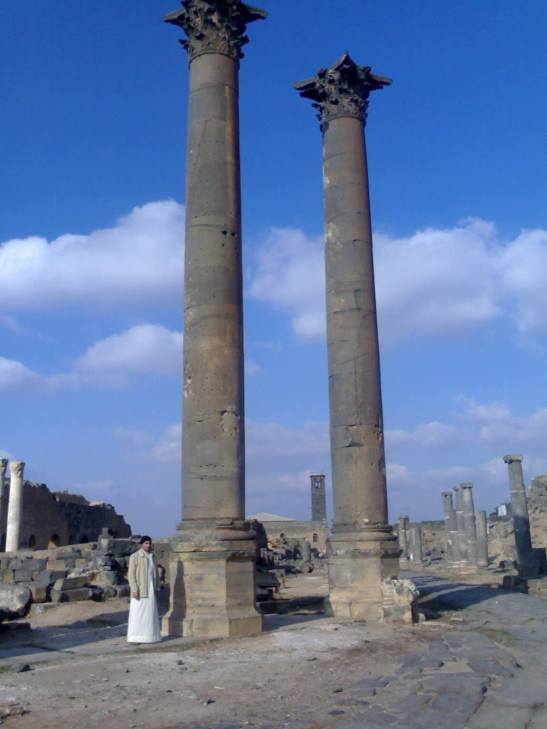
Nabatean pillars of Bosra, Syria
The Phoenician alphabets are mutually comprehensible to Arabic language speakers.

Palmyra, Syria, built by Queen Zaynab (Zenobia) daughter of Amr ibn al-Arab, and founder of the Palmyrene Empire
The classical Arabic language, like Phoenician is written from right to left and the resemblance is striking between the Phoenician writing style and both the Nabatean and Palmyrene script from which the Kufic writing style developed and with the earliest Hejazi writing.
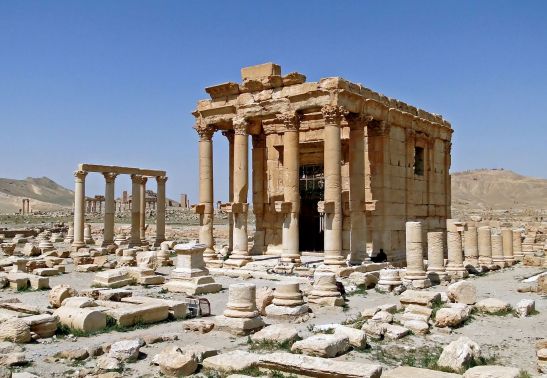
Canaanite Temple of Baalshamin, Palmyra, Syria
Queen Zaynab bint Amr ibn al-Arab known as Zenobia established the Palmyrene Empire.
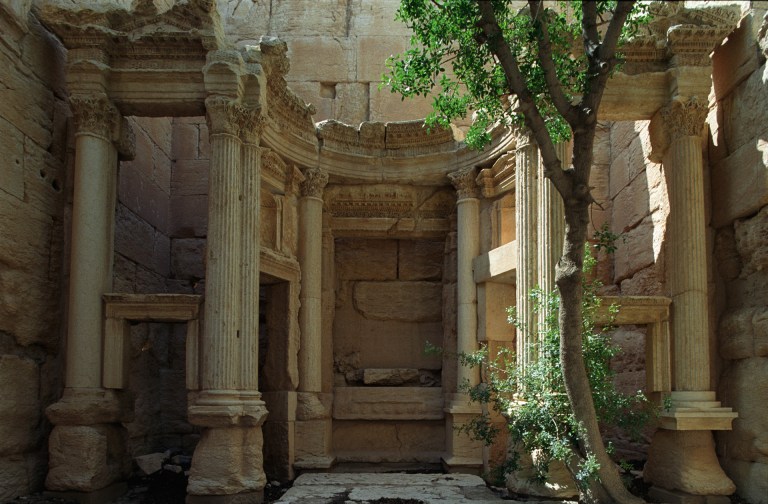
Interior of the Canaanite Temple of Baalshamin, Palmyra, Syria
Phoenicia was invaded by Alexander in about 332 B.C.
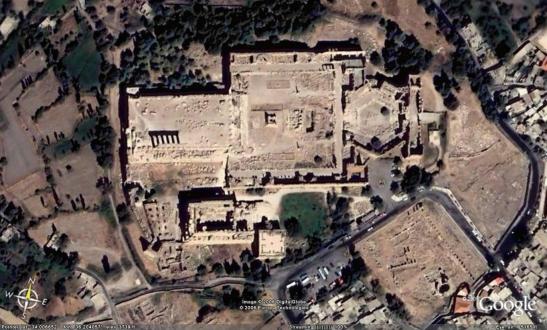
Baalbek, Lebanon
The Canaanites (Banu Kinanah) were divided in four branches: An-Nadr, Abdumanat, Malakan, and Malak. Tabari wrote, “… the descendants of al-Nadr ibn Kinana were called Quraysh.”
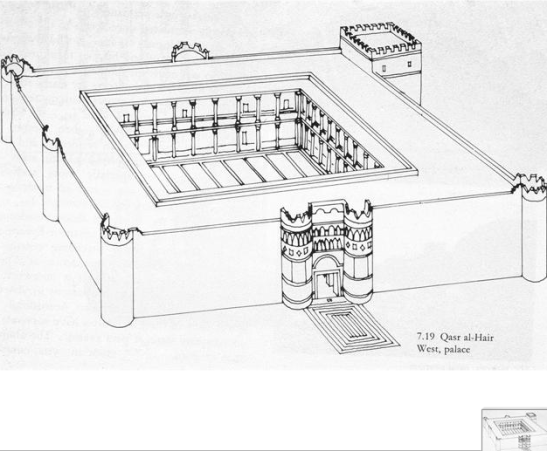
Qasr al-Hayr al-Gharbi located 80 km south-west ofPalmyra on the Damascus road in Syria, is a twin palace of Qasr al-Hayr al-Sharqi, built by the Umayyad caliph Hisham ibn Abd al-Malik in 727 CE. The first castle built in Europe was built in France two centuries later.
The Canaanites (Banu Kinanah) were divided in four branches: An-Nadr, Abdumanat, Malakan, and Malak. Tabari wrote, “… the descendants of al-Nadr ibn Kinana were called Quraysh.”
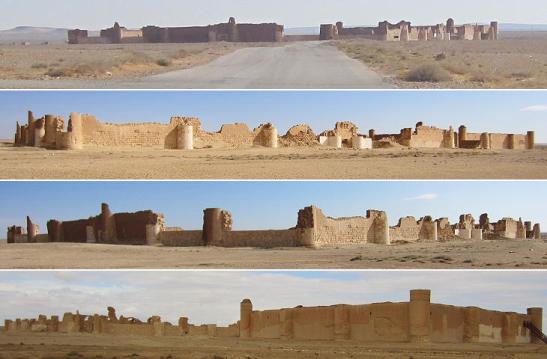
Twin castles built in the 8th century by Hisham b. ‘Abd al-Malik b. Marwan
The Canaanites (Banu Kinanah) were divided in four branches: An-Nadr, Abdumanat, Malakan, and Malak. Tabari wrote, “… the descendants of al-Nadr ibn Kinana were called Quraysh.”
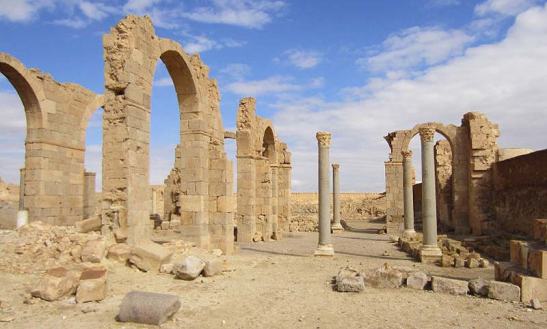
Mosque in the south eastern corner of the palace Qasr al-Hayr al-Sharqi, the “Eastern Castle” in the Syrian Desert – built by Umayyad caliph Hisham b. ‘Abd al-Malik in the 8th century. Abbasid caliph Harun al-Rashid used it after the Umayyads and it was used by the Abassids until the 14th century.
The Canaanites (Banu Kinanah) were divided in four branches: An-Nadr, Abdumanat, Malakan, and Malak. Tabari wrote, “… the descendants of al-Nadr ibn Kinana were called Quraysh.”
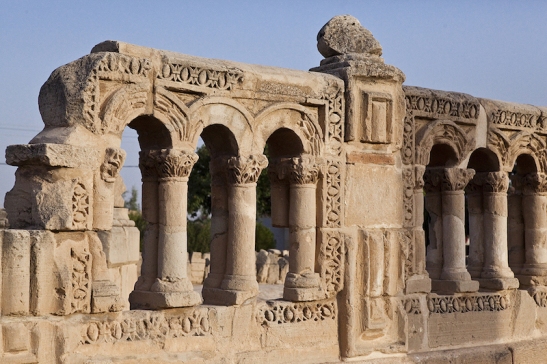
Umayyad caliph Hisham b. ‘Abd al-Malik’s palace, Jericho, Palestine. Built in the 8th century
The Canaanites (Banu Kinanah) were divided in four branches: An-Nadr, Abdumanat, Malakan, and Malak. Tabari wrote, “… the descendants of al-Nadr ibn Kinana were called Quraysh.”
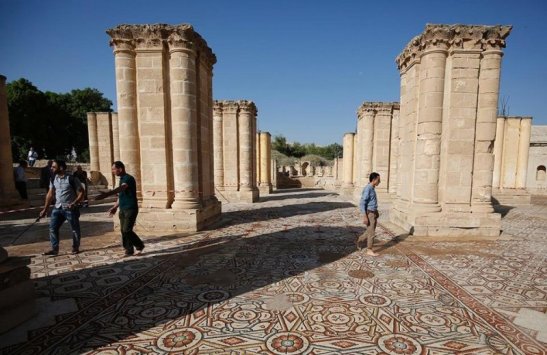
Hisham’s Palace, Jericho, Palestine built in the 8th century
The Canaanites (Banu Kinanah) were divided in four branches: An-Nadr, Abdumanat, Malakan, and Malak. Tabari wrote, “… the descendants of al-Nadr ibn Kinana were called Quraysh.”
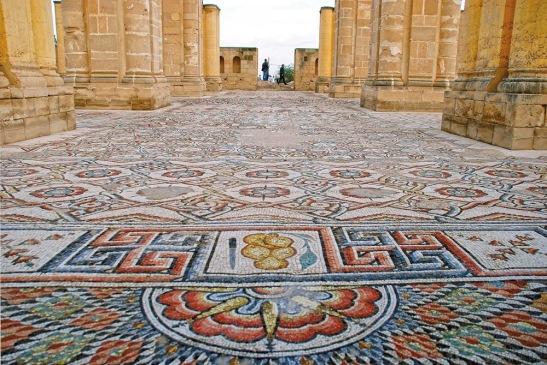
Tile mosaics inside Hisham’s Palace, Jericho built in the 8th century
The Canaanites (Banu Kinanah) were divided in four branches: An-Nadr, Abdumanat, Malakan, and Malak. Tabari wrote, “… the descendants of al-Nadr ibn Kinana were called Quraysh.”
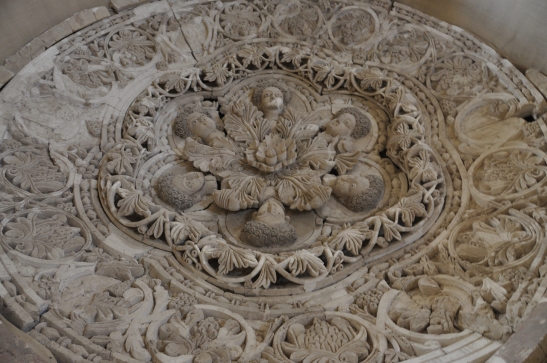
Hisham’s Palace, Jericho built in the 8th century
The Canaanites (Banu Kinanah) were divided in four branches: An-Nadr, Abdumanat, Malakan, and Malak. Tabari wrote, “… the descendants of al-Nadr ibn Kinana were called Quraysh.”
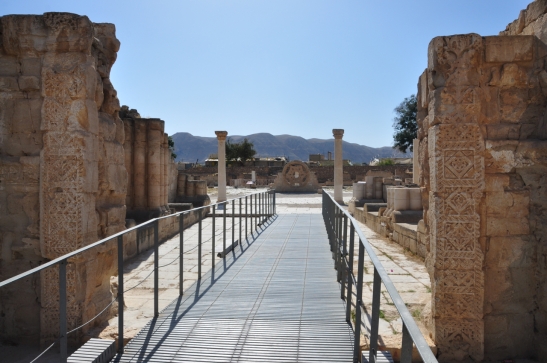
Hisham’s Palace, Jericho, Palestine built in the 8th century
The Canaanites (Banu Kinanah) were divided in four branches: An-Nadr, Abdumanat, Malakan, and Malak. Tabari wrote, “… the descendants of al-Nadr ibn Kinana were called Quraysh.”
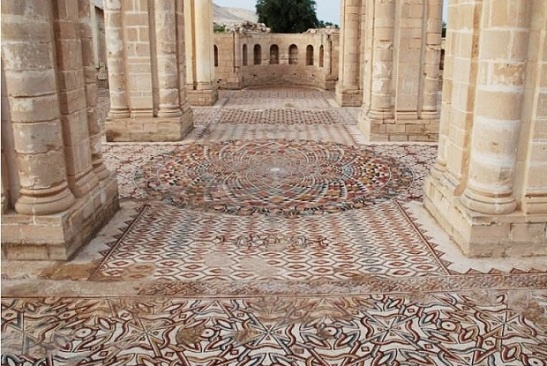
Hisham’s Palace, Jericho, Palestine built in the 8th century
The Canaanites (Banu Kinanah) were divided in four branches: An-Nadr, Abdumanat, Malakan, and Malak. Tabari wrote, “… the descendants of al-Nadr ibn Kinana were called Quraysh.”
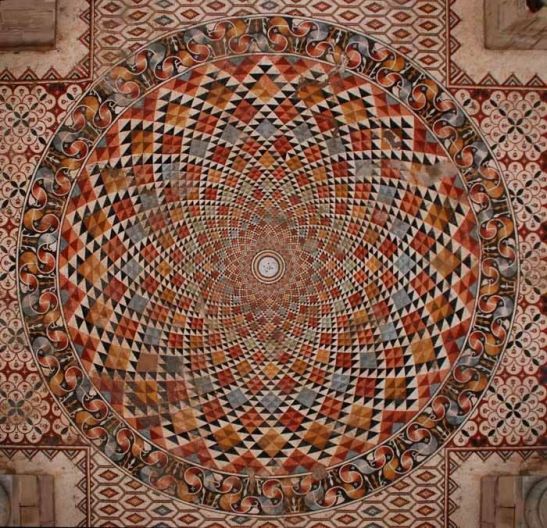
Tile mosaics inside Hisham’s Palace, Jericho, Palestine built in the 8th century
The Canaanites (Banu Kinanah) were divided in four branches: An-Nadr, Abdumanat, Malakan, and Malak. Tabari wrote, “… the descendants of al-Nadr ibn Kinana were called Quraysh.”
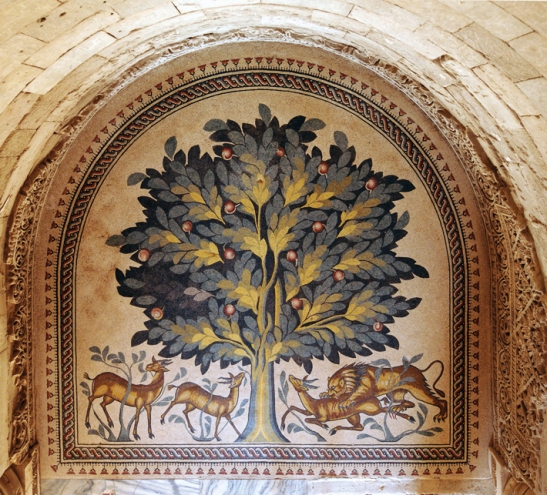
Tree of Life mosaic in Hisham’s Palace, Jericho, Palestine built in the 8th century
The Canaanites (Banu Kinanah) were divided in four branches: An-Nadr, Abdumanat, Malakan, and Malak. Tabari wrote, “… the descendants of al-Nadr ibn Kinana were called Quraysh.”
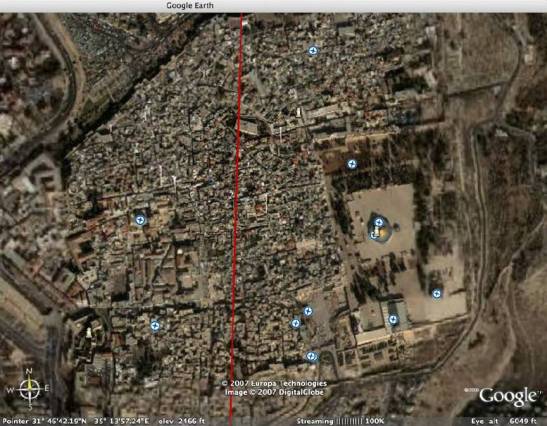
Haram al-Sharif: Dome of the Rock and Al-Aqsa Mosque compound in Jerusalem built by ‘Abd al-Malik b. Marwan in the 7th century.
The Canaanites were divided in four branches: An-Nadr, Abdumanat, Malakan, and Malak. Al Tabari wrote, “… the descendants of the House of al-Nadr ibn Kinana were called Quraysh.”

Qubbat as-Sakhra: Interior of the Dome of the Rock built in 691 CE by caliph ‘Abd al-Malik b. Marwan
The Canaanites (Banu Kinanah) were divided in four branches: An-Nadr, Abdumanat, Malakan, and Malak. Tabari wrote, “… the descendants of al-Nadr ibn Kinana were called Quraysh.”
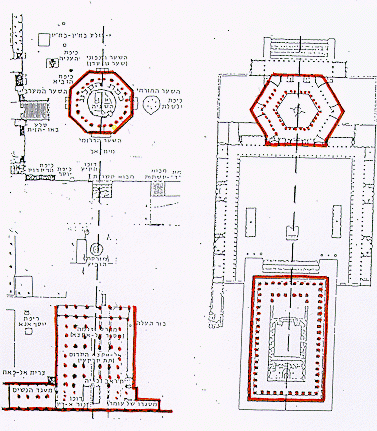
Haram al-Sharif Al Aqsa Mosque and Dome of the Rock (left) compared to Baalbek (right)
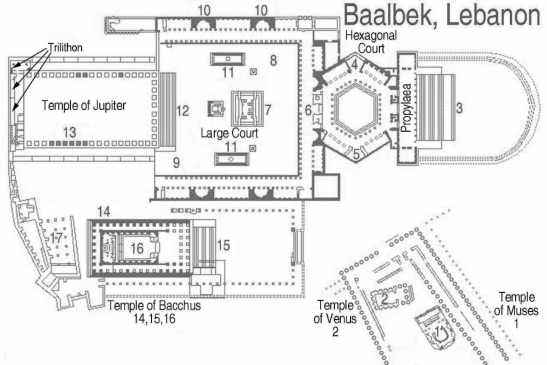
Baalbek, Lebanon built by the Canaanite Arabs.
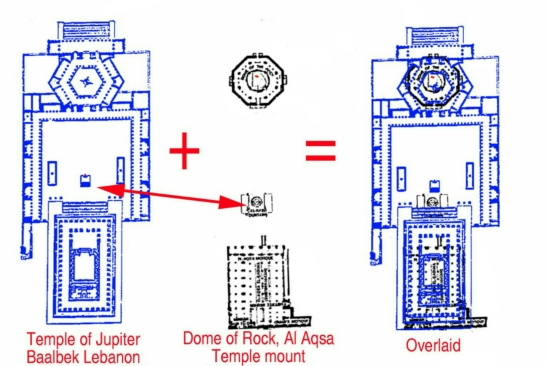
Haram al-Sharif Al Aqsa Mosque and Dome of the Rock compared to Baalbek, and both sites overlaid.
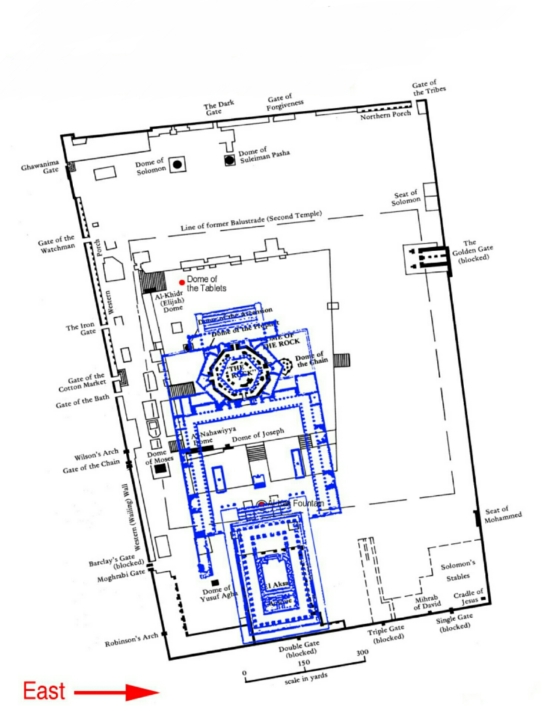
Haram al-Sharif Al Aqsa Mosque and Dome of the Rock with to Baalbek overlaid.
